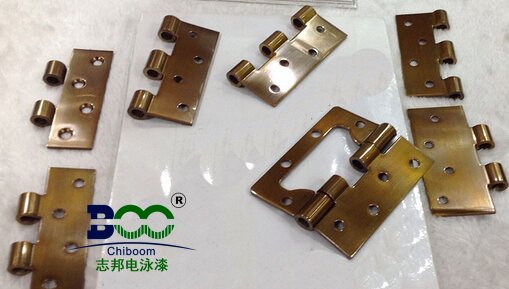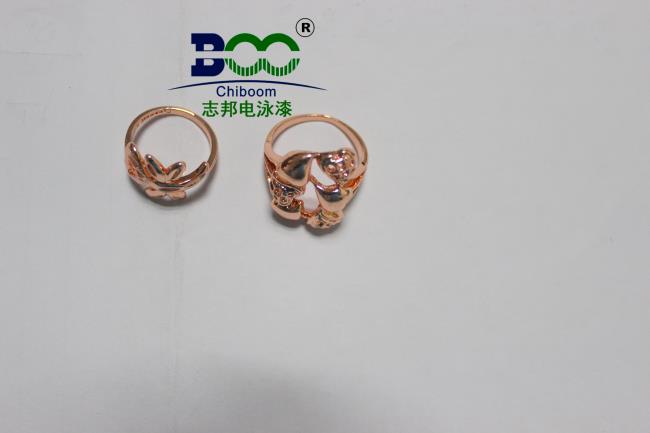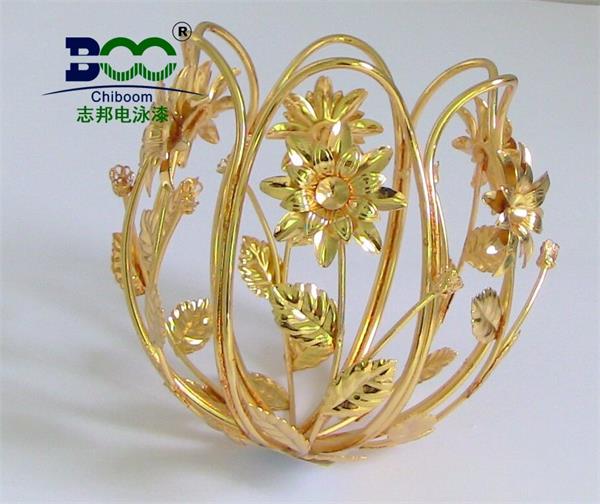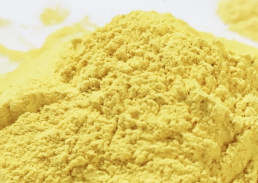What material is electrophoretic paint?
What material is electrophoretic paint?
Electrophoretic Paint: Material Characteristics and Applications
Electrophoretic paint, as an efficient coating form, occupies a pivotal position in modern coating processes. It primarily utilizes the electrophoretic phenomenon to directly migrate and deposit coating particles on the surface of workpieces, forming a uniform and dense paint film. So, what materials does electrophoretic paint consist of? This article will delve into the material characteristics and applications of electrophoretic paint.
The main components of electrophoretic paint include resins, pigments, fillers, and additives. Among them, the resin serves as the foundation of electrophoretic paint, determining the basic properties of the paint film, such as hardness, flexibility, and weather resistance. Pigments are responsible for providing the desired color and opacity to the paint film. Fillers are used to increase the thickness and fullness of the paint film while reducing costs. Additives, on the other hand, play a role in improving the application performance, stability, and film properties of electrophoretic paint.
During the production of electrophoretic paint, the choice of resin is particularly crucial. Common types of resins include acrylic, epoxy, and polyurethane. These resins possess excellent electrophoretic and film-forming properties, ensuring that the paint film deposits uniformly on the surface of the workpiece, forming a smooth and dense coating.

Apart from resins, the selection of pigments and fillers also has a significant impact on the performance of electrophoretic paint. Pigments should have good dispersibility and stability to ensure uniform and long-lasting color in the paint film. Fillers should have appropriate particle sizes and distributions to enhance the thickness and fullness of the paint film.
Additives also play an indispensable role in electrophoretic paint. For instance, surfactants can reduce the surface tension of the paint solution, improving electrophoretic efficiency. Leveling agents help to improve the leveling properties of the paint film, reducing defects such as pinholes and orange peel. Cure accelerators, on the other hand, promote crosslinking and curing of the paint film, enhancing its hardness and weather resistance.
Electrophoretic paint has a wide range of applications, covering industries such as automobiles, home appliances, and hardware. In the automotive industry, electrophoretic paint is highly favored due to its excellent anti-corrosion and decorative properties. Through electrophoretic coating processes, a uniform and dense paint film can be formed on the surface of the automobile body, effectively preventing corrosion and scratches while enhancing the aesthetic appeal of the vehicle.
Moreover, electrophoretic paint also exhibits excellent environmental performance. Compared to traditional solvent-based coatings, electrophoretic paint uses less solvent during the coating process, and most of the solvent is recovered and reused, thereby reducing environmental pollution. Additionally, electrophoretic paint has high coating efficiency, reducing energy consumption and emissions during the coating process.
In summary, electrophoretic paint, as an efficient and environmentally friendly coating form, exhibits diverse material characteristics and promising application prospects. With the continuous development and innovation of coating processes, electrophoretic paint will continue to play a crucial role in industries such as automobiles and home appliances, bringing more beauty and convenience to our lives.





 WeChat
WeChat